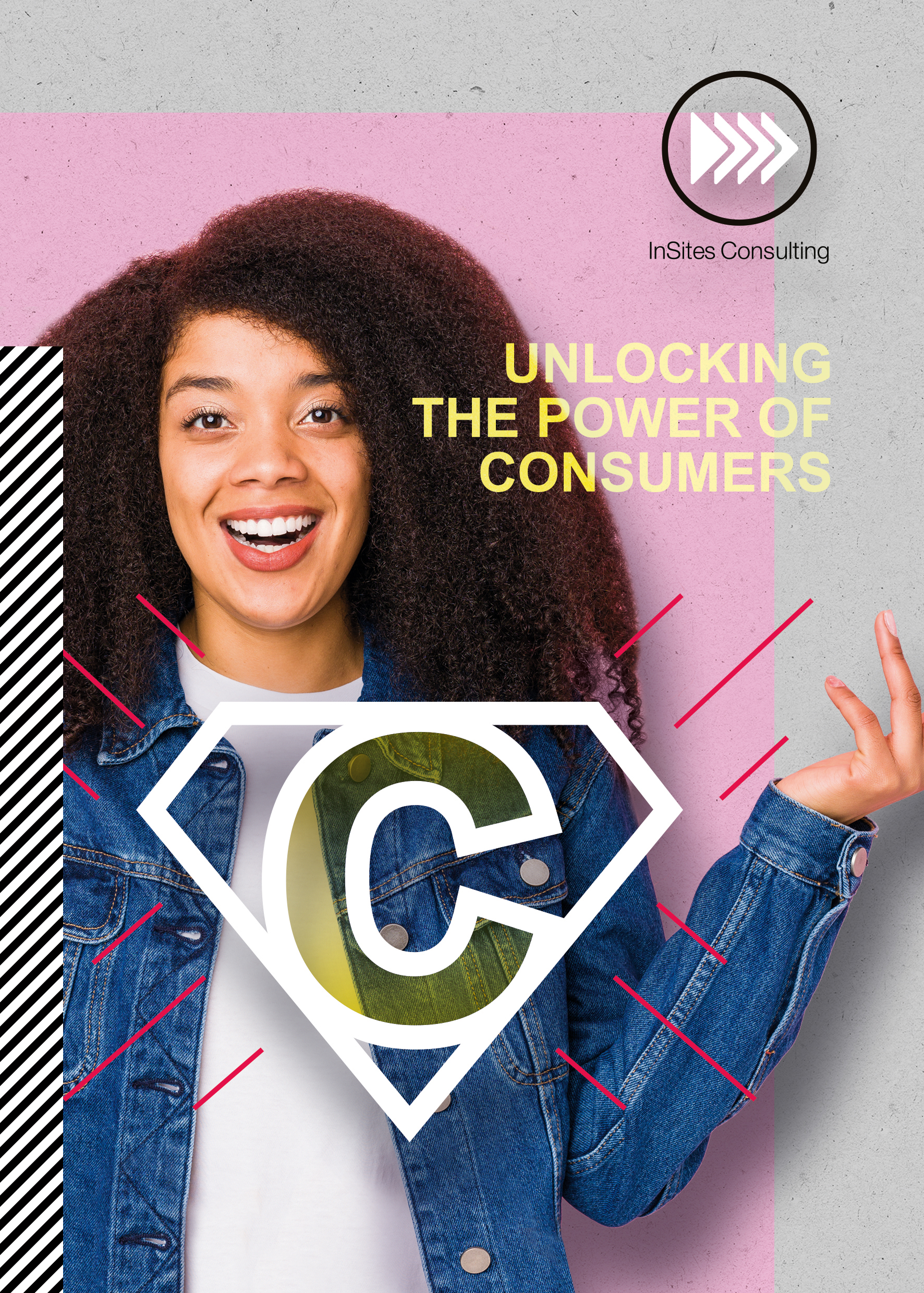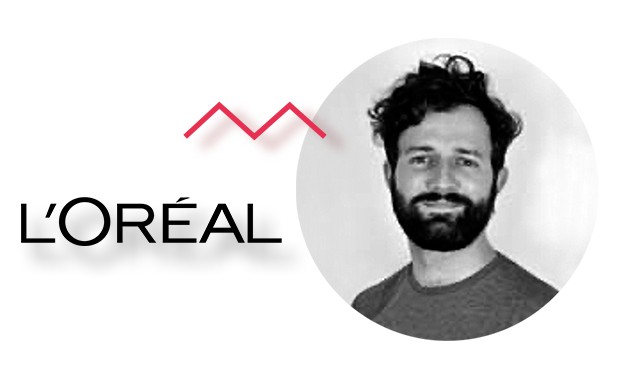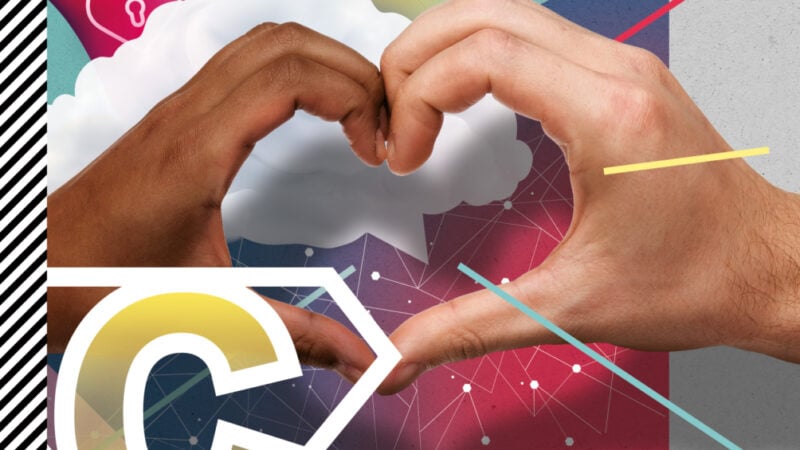
Unlocking the power of consumers
Different people come with a different set of unique skills and competences. Research has shown that out of every 100 people, 90 merely consume content, 9 will like, share or react to what is created, and only 1 will actually create something. And this is no different for consumers.
Request your download


![BetterTogether_Quote_GaëlChevé_BLOG_update The consumer-centricity lighthouse [an interview with L'Oréal]](https://www.insites-consulting.com/media/2021/03/BetterTogether_Quote_GaelCheve_BLOG_update.jpg)


